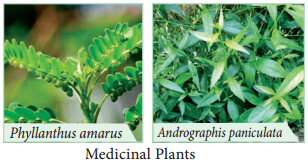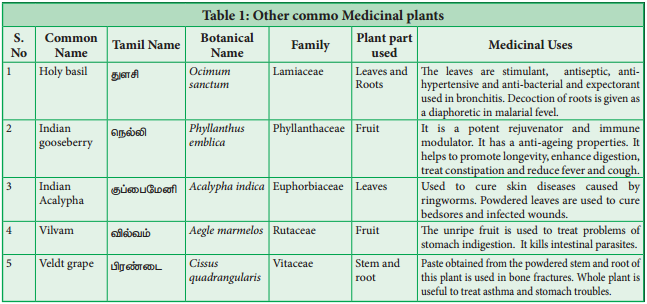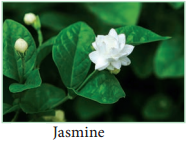Learninsta presents the core concepts of Biology with high-quality research papers and topical review articles.
Modes Of Reproduction
All modes of reproduction have some basic features such as synthesis of RNA and proteins, replication of DNA, cell division and growth, formation of reproductive units and their fertilization to form new individuals.
Organisms exhibit two major modes of reproduction namely asexual and sexual reproduction. Reproduction by a single parent without the involvement of gamete formation is asexual reproduction and the offspring produced are genetically identical.
Asexual reproduction is usually by amitotic or mitotic division of the somatic (body) cells, hence is also known as somatogenic or blastogenic reproduction.
When two parents participate in the reproductive process involving two types of gametes (ova and sperm), it is called sexual reproduction.
Binary fission:
Single parent cell doubles its DNA, then divides into two cells.
Budding:
Small growth on surface of parent breaks off, resulting in the formation of two individuals.
Fragmentation:
Organisms break into two or more fragments that develop into a new individual.
Asexual and sexual reproduction, two methods of reproduction among animals, produce offspring that are clones or genetically unique. Sexual reproduction is a better mode of reproduction as compared to asexual reproduction because it involves meiosis and the fusion of male and female gametes.
Such a fusion involving two parents results in offspring which are not identical to the parents. There are two forms of reproduction: asexual and sexual. In asexual reproduction, an organism can reproduce without the involvement of another organism.
Asexual reproduction is not limited to single-celled organisms. By asexual reproduction, an organism creates a genetically similar or identical copy of itself. Reproduction is the process by which new individuals are produced by the parents. The process of reproduction ensures that a plant or animal species does not disappear from Earth. This process is very important in maintaining stability in the ecosystem and for the continuation of life on earth.



